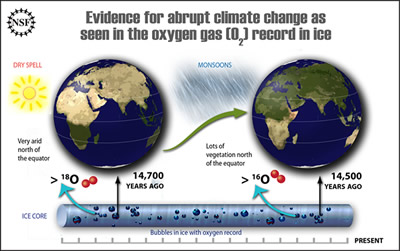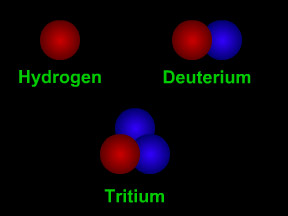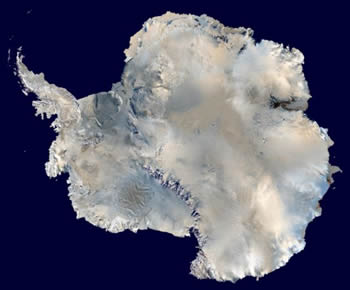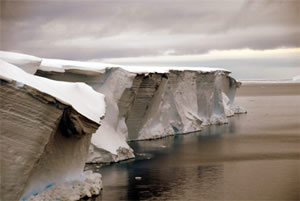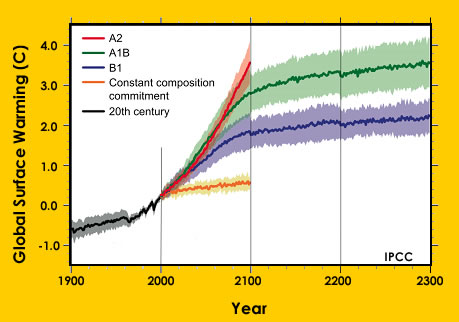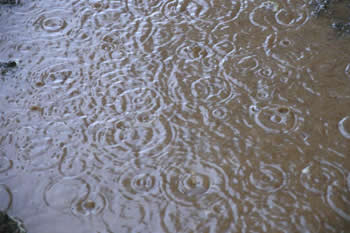Click on image for full size
Image Courtesy of Zina Deretsky/National Science Foundation
Global Warming Can Impact Monsoons and Lower Crop Production
News story originally written on June 11, 2009
Researchers from the Desert Research Institute in Nevada, the Scripps Institution of Oceanography and Oregon State University have been comparing oxygen isotopes in air that was captured in ice cores to learn more about the climate of the past. They also looked at data from ancient stalagmites found in caves.
The ice cores were gathered from different locations in Antarctica and Greenland. They contain air bubbles that were trapped as the ice formed over tens of thousands of years.
The researchers found that the climate warmed about 14,700 years ago, and there was more vegetation growth for at least 200 years. The researchers then compared these findings with data from an earlier study that determined the amount of rainfall that fell in China over many millennia by examining stalagmites in caves. They discovered that this period of low vegetation growth corresponded with a time of reduced monsoon rainfall.
This shift happened over a few decades, which is a very quick time period for climate to change. The researchers warn that observations of past climate events may not be able predict future conditions. Given the important roll that monsoon rains play in sustaining billions of people, however, this connection between climate change and monsoon patterns may be an dangerous sign of what climate change in the 21st century may bring.


